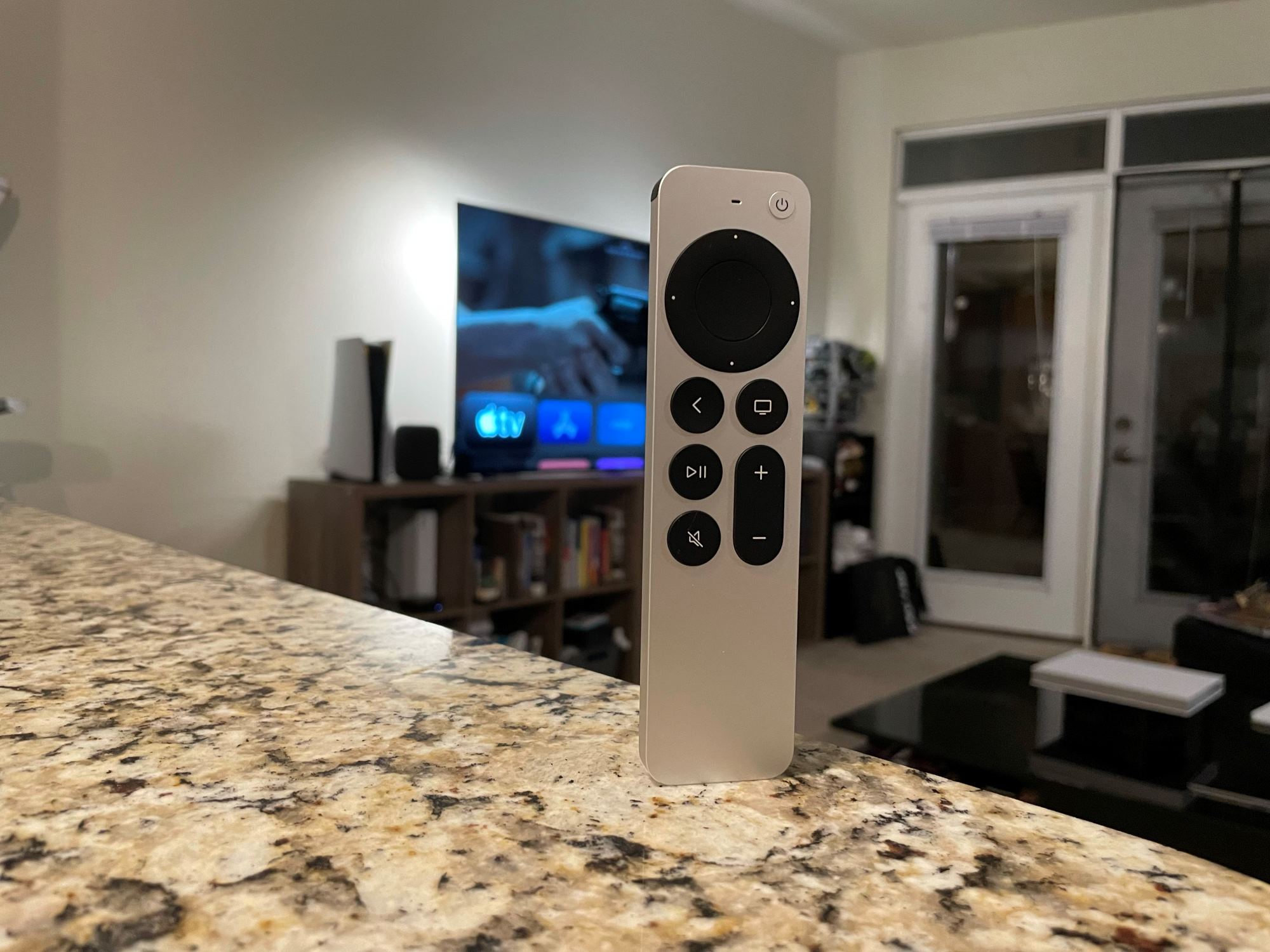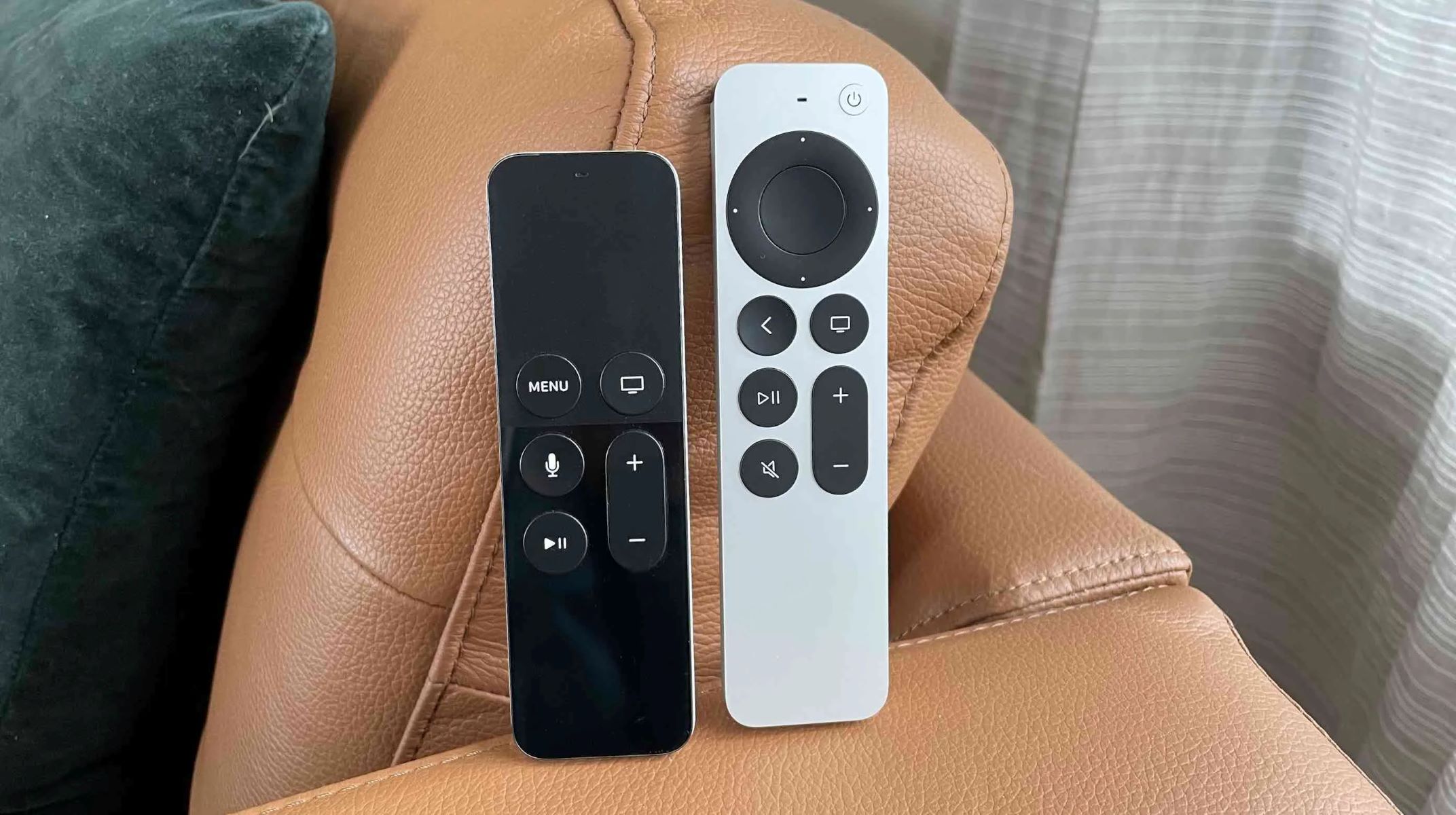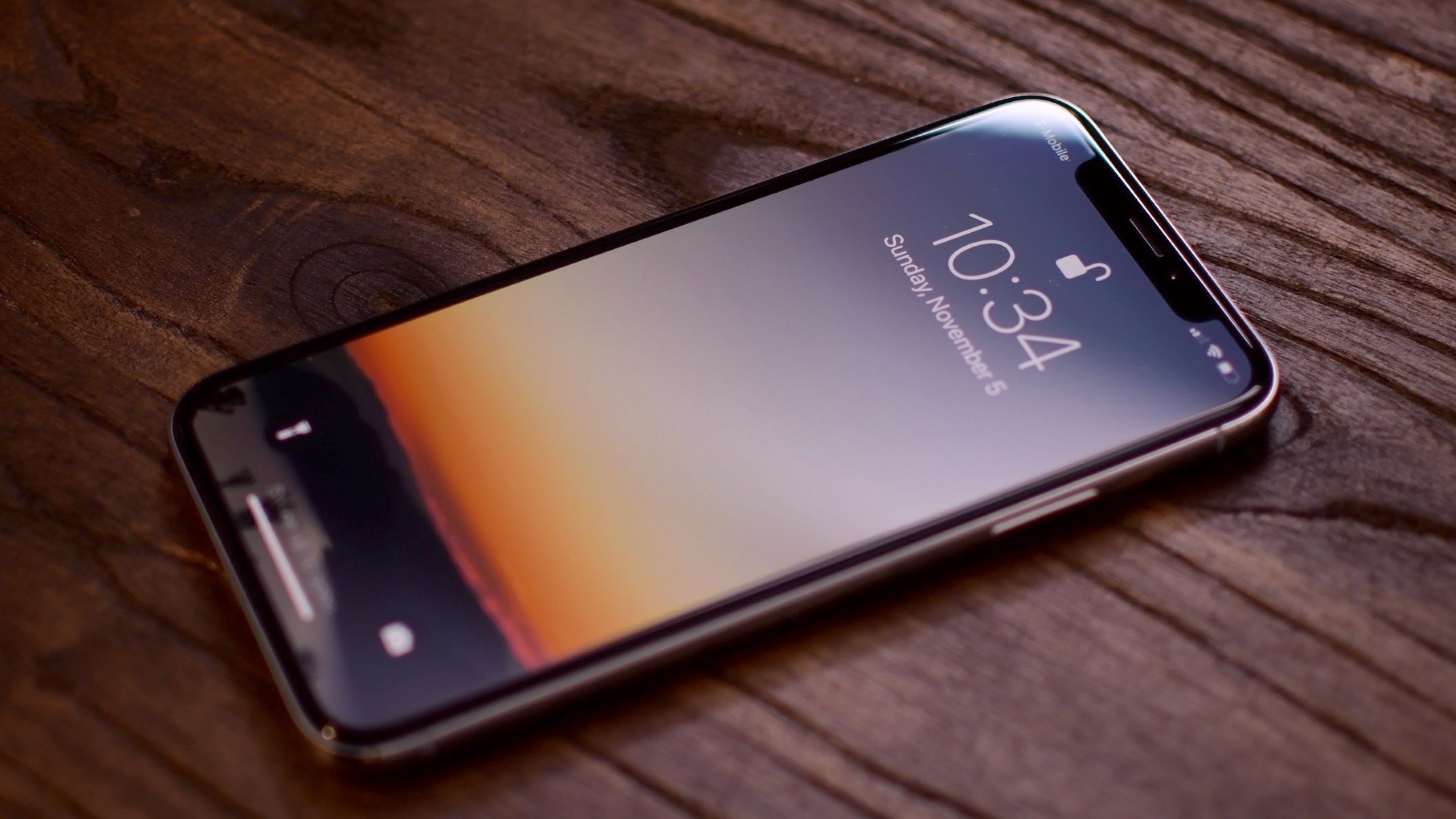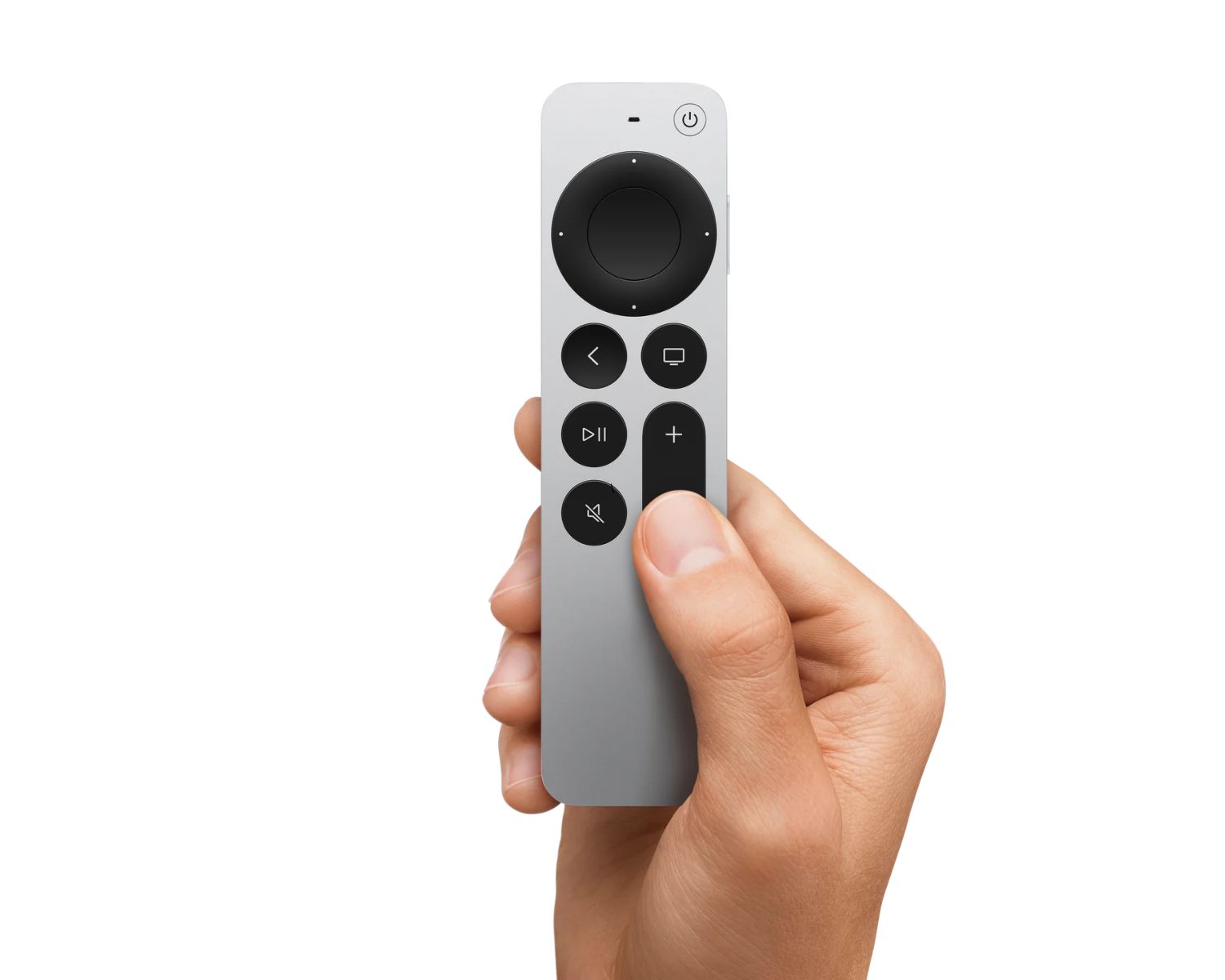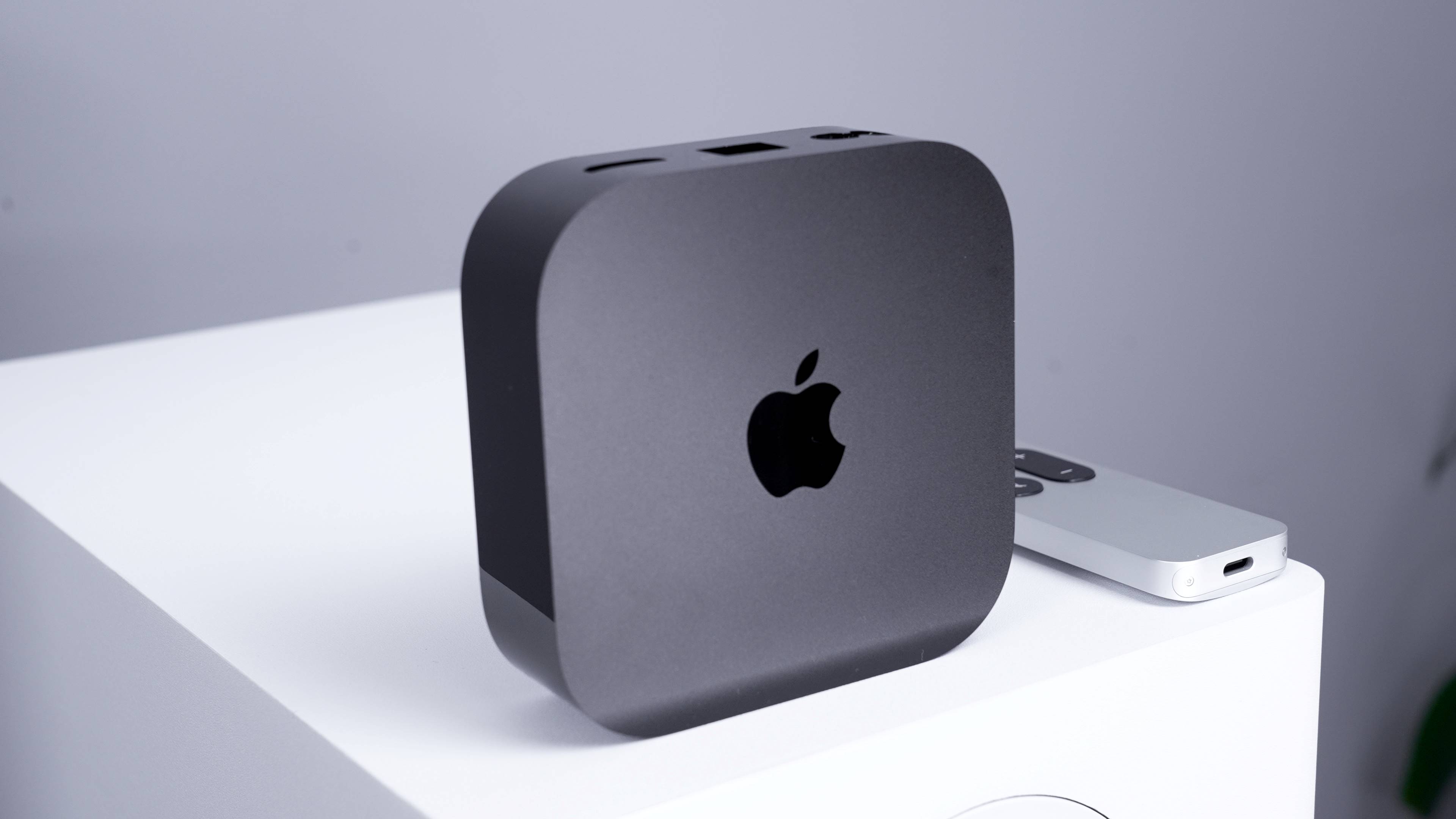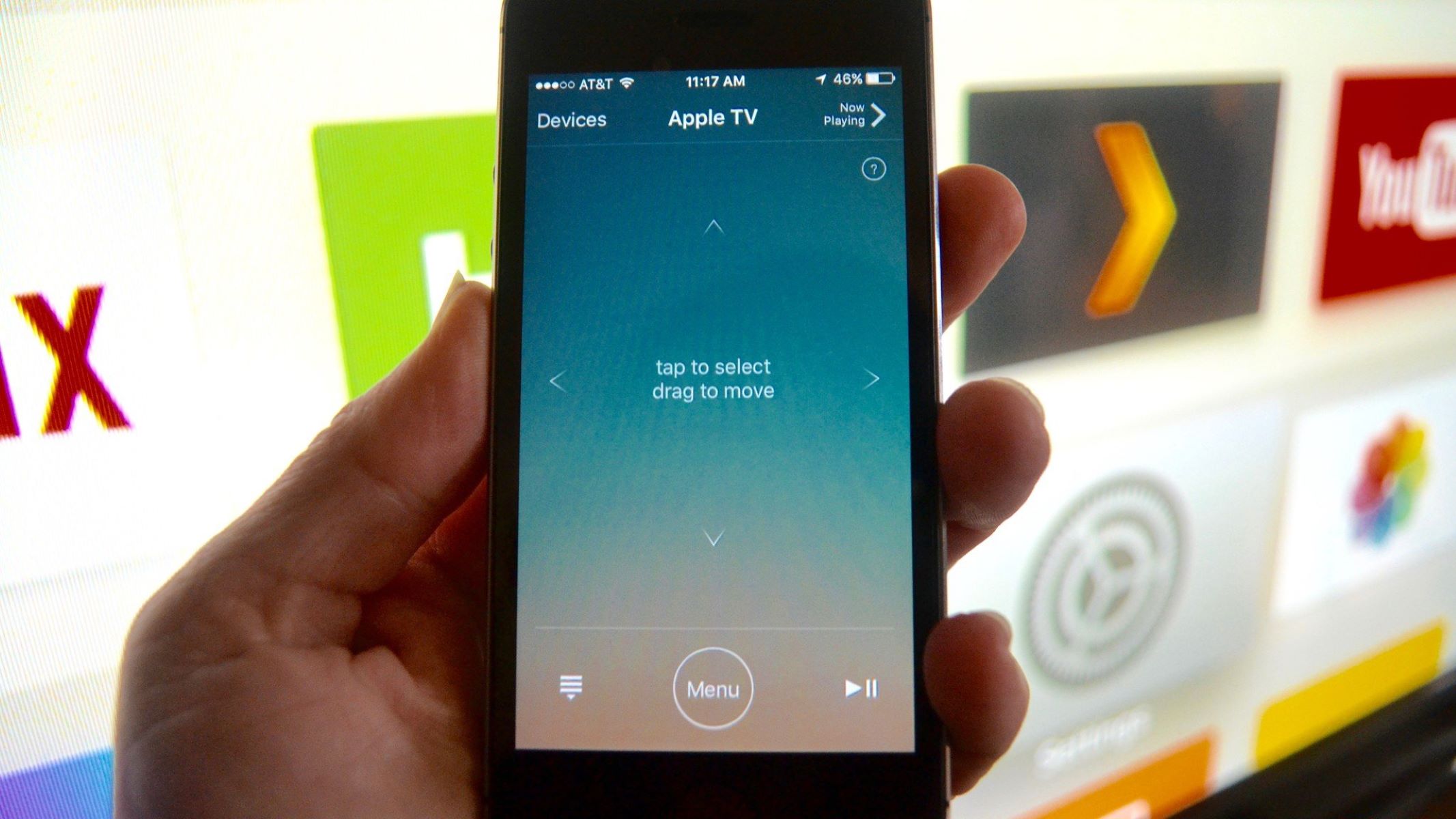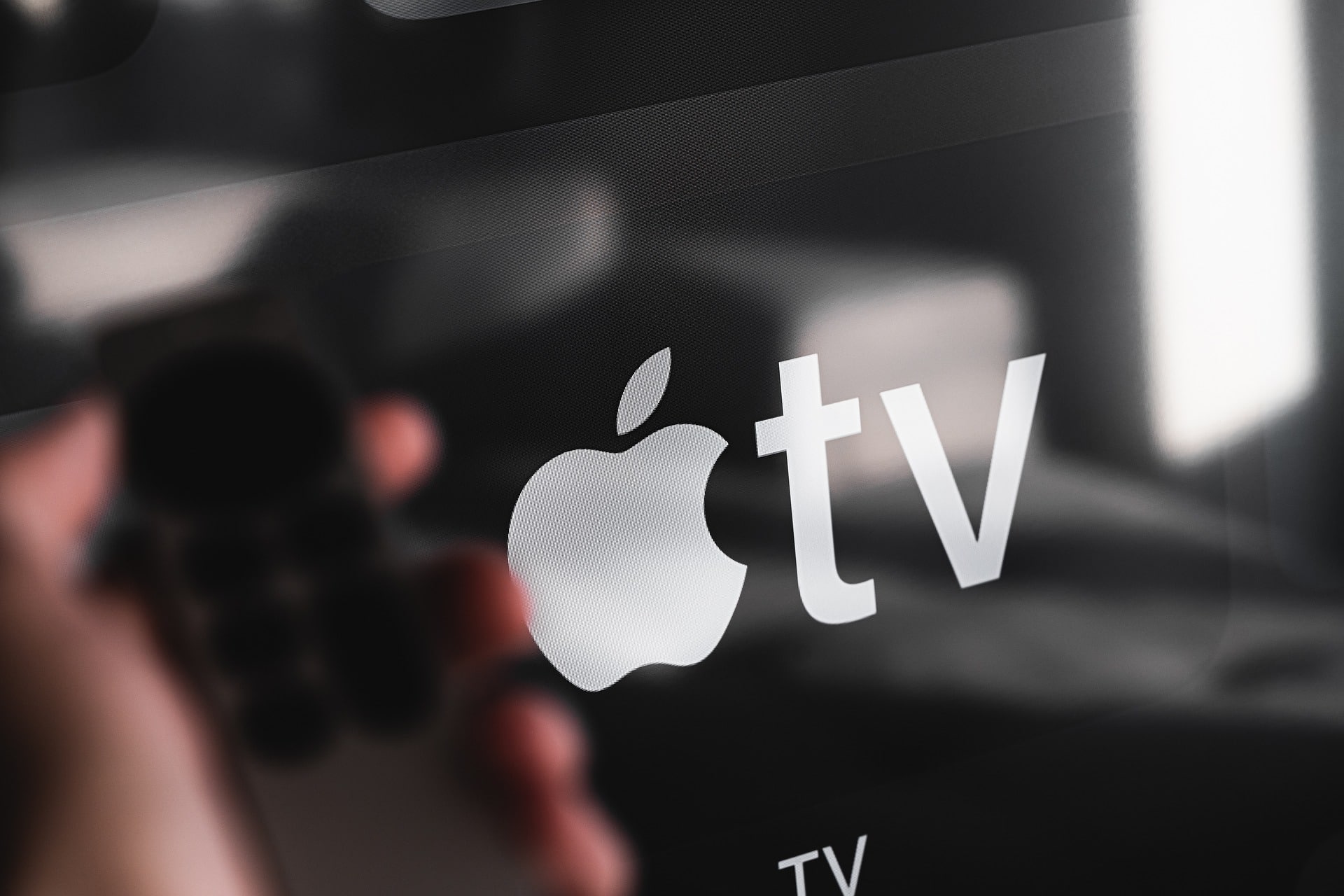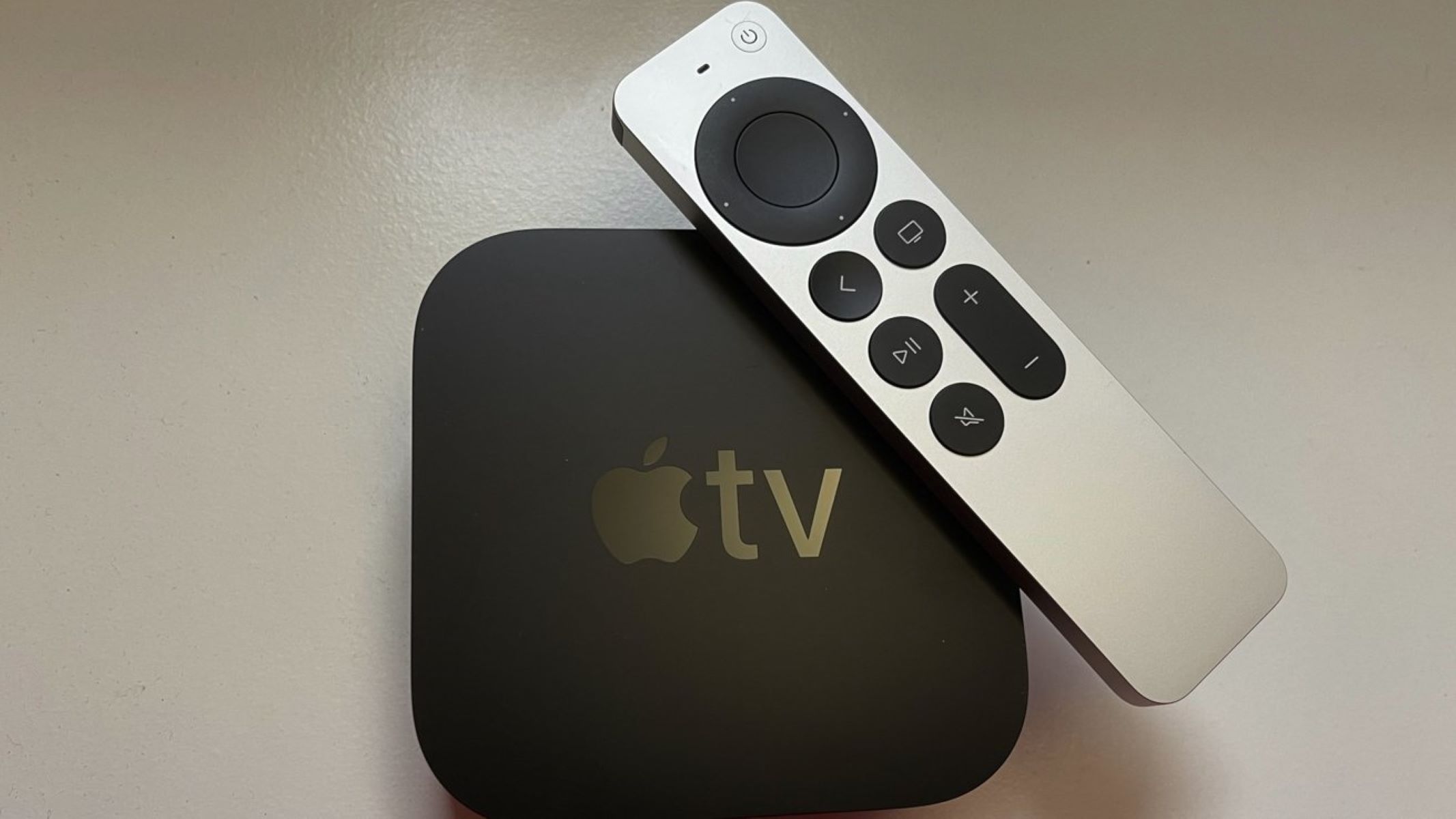Introduction
The Apple TV remote is an essential tool for navigating and controlling your Apple TV device. Whether you’re watching movies, streaming shows, or playing games, the remote allows you to easily interact with your entertainment system. However, there may be times when you encounter issues with your Apple TV remote, such as unresponsiveness or difficulty in pairing. Luckily, troubleshooting these problems and getting your remote back in working order is easier than you might think.
In this guide, we will walk you through the step-by-step process of connecting an Apple TV remote and troubleshooting common issues. By following these instructions, you’ll be able to seamlessly pair your remote with your Apple TV, adjust its settings, and resolve any problems you may encounter along the way.
In order to ensure a smooth and successful pairing process, it’s important to first check the batteries of your Apple TV remote. Low battery levels can often cause connectivity issues, leading to unresponsiveness or lag when using the remote. By following the steps outlined in this guide, you’ll be able to address any battery-related problems and optimize the performance of your Apple TV remote.
We will also guide you through the process of setting up accessibility features on your Apple TV. These features are designed to enhance the user experience for individuals with visual or hearing impairments, and they can be easily configured to meet your specific needs.
Furthermore, we will show you how to adjust the settings of your Apple TV remote, allowing you to customize its functionality according to your preferences. From changing the touch sensitivity to enabling voice commands, these settings will help you make the most out of your Apple TV remote.
Lastly, we will provide troubleshooting tips for common issues you may encounter with your Apple TV remote. Whether it’s a connectivity problem, a unresponsive touchpad, or difficulties with the Siri remote function, we have you covered.
So, let’s get started on connecting and troubleshooting your Apple TV remote, ensuring a seamless and enjoyable entertainment experience.
Step 1: Check the Batteries
Before proceeding with the pairing process, it’s important to check the batteries on your Apple TV remote. Low battery levels could be the reason behind unresponsiveness or intermittent connectivity issues. Follow the steps below to ensure your remote has sufficient power:
- Locate the battery compartment on the back of your Apple TV remote. It is usually situated near the bottom of the device.
- Using your fingers or a small tool like a coin, gently twist and release the battery compartment cover.
- Inspect the batteries and ensure they are properly inserted. They should be positioned with the correct polarity (+ and -).
- If the batteries are old or depleted, replace them with fresh ones. It’s recommended to use high-quality, alkaline batteries for optimal performance.
- Once you have replaced the batteries, securely close the battery compartment cover.
After performing these steps, your Apple TV remote should have a fresh supply of power. Test the remote by pressing the buttons and see if it responds properly. If the issue persists, proceed to the next step.
Note: If you find that your Apple TV remote consistently drains batteries quickly, consider using rechargeable batteries or investing in a compatible charging solution. This can save you money in the long run and ensure a more eco-friendly approach to powering your remote.
Step 2: Pair the Remote with the Apple TV
In order to control your Apple TV device with the Apple TV remote, you need to establish a connection between the two. Follow the steps below to successfully pair your remote with your Apple TV:
- Ensure that your Apple TV is powered on and connected to a display.
- Point the Apple TV remote towards the front of your Apple TV.
- Press and hold the Menu and Volume Up buttons simultaneously for a few seconds.
- Release the buttons when the pairing symbol (an upward-facing arrow inside a box) appears on your TV screen.
- Wait for the pairing process to complete. This could take a few seconds.
Once the pairing is successful, you should be able to control your Apple TV using the remote. Test the functionality by navigating through the Apple TV menu and selecting various options. If you find that the remote is still not responding or if you encounter any issues during the pairing process, proceed to the troubleshooting section for further assistance.
Note: If you have more than one Apple TV device in close proximity, make sure you pair the remote with the correct device. If you accidentally pair the remote with the wrong Apple TV, simply repeat the pairing process with the correct device to establish the connection.
Step 3: Set Up Accessibility Features
Apple TV offers various accessibility features to cater to individuals with visual, hearing, and physical impairments. These features can enhance the user experience and provide greater accessibility to the content on your Apple TV. Follow the steps below to set up accessibility features:
- Open the Settings app on your Apple TV by navigating to the home screen and selecting the “Settings” icon.
- Select “Accessibility” from the list of options.
- Browse through the available accessibility features and choose the ones that suit your needs.
- Some common accessibility features include VoiceOver, which provides spoken descriptions of on-screen elements, and Closed Captions and Subtitles, which display text for audio content.
- Enable the desired accessibility features by toggling the switch next to each feature.
- Adjust any additional settings or preferences for the selected features.
By customizing the accessibility features on your Apple TV, you can ensure an inclusive and user-friendly entertainment experience. These features can make it easier for individuals with disabilities to enjoy the content on the platform, providing equal access to entertainment.
Take some time to explore the various accessibility features available on your Apple TV. You may discover features that can benefit not only yourself but also your family members or friends who may have specific accessibility needs.
If you have any difficulties or questions regarding the setup of accessibility features on your Apple TV, refer to the Apple Support website or consult the user manual for comprehensive instructions and troubleshooting guidance.
Step 4: Adjust the Remote’s Settings
To optimize your Apple TV remote’s functionality and tailor it to your preferences, you can adjust various settings. These settings allow you to customize the behavior and responsiveness of the remote according to your needs. Follow the steps below to adjust the settings of your Apple TV remote:
- Open the Settings app on your Apple TV by navigating to the home screen and selecting the “Settings” icon.
- Select “Remotes and Devices” from the list of options.
- Choose the “Bluetooth” or “Remote and Devices” option, depending on the model and software version of your Apple TV.
- Within the Remote settings, you can adjust the following options:
- Siri Remote Settings: Customize the touch sensitivity of the Siri Remote trackpad and enable or disable voice commands.
- Volume Control: Enable or disable the option to control your TV’s volume with the Siri Remote.
- Keyboard: Select the type and language of the on-screen keyboard for easier text input.
- Navigate through the settings and make the desired adjustments using the on-screen instructions.
- Once you have made the necessary changes, exit the settings menu.
By adjusting the settings of your Apple TV remote, you can fine-tune its functionality to match your preferences. Whether you prefer a more sensitive or less sensitive trackpad, want to control your TV volume, or need to change the keyboard settings, these options allow for a more personalized experience.
Experiment with different settings to find the configuration that works best for you. If you ever want to revert to the default settings, simply follow the same steps and reset the options to their initial state.
Keep in mind that the available settings may vary depending on the model and software version of your Apple TV. Check the Apple Support website or consult the user manual for your specific device for detailed instructions and information about the available settings.
Step 5: Troubleshooting Common Issues
Even with proper battery levels and successful pairing, you may still encounter common issues with your Apple TV remote. Here, we will discuss some troubleshooting steps to help you resolve these problems:
- If your remote is unresponsive or not working, try restarting your Apple TV. Go to the Settings app, select “System,” and choose “Restart.” This simple step can often fix connectivity or responsiveness issues.
- If the touchpad on your Siri Remote is not working properly, try cleaning it with a soft, lint-free cloth. Sometimes, dust and debris can hinder the touchpad’s functionality. Ensure that the cloth is slightly damp but not wet.
- For issues related to the Siri Remote, such as voice commands not working, make sure your Apple TV is connected to the internet. Voice commands require an active internet connection to function.
- If none of the above steps resolve the issue, you can try unpairing and re-pairing the remote. Go to the Settings app, select “Remotes and Devices,” and choose “Bluetooth” or “Remote and Devices” depending on your Apple TV model. Find your remote in the list and select “Forget Device.” Then, follow the pairing instructions mentioned in Step 2 to pair the remote again.
- If you are still experiencing difficulties with your Apple TV remote, ensure that your Apple TV is running the latest software version. Sometimes, updating the software can address known issues and improve performance. Go to the Settings app, select “System,” and choose “Software Updates.”
If, after trying all the troubleshooting steps, your Apple TV remote is still not functioning correctly, it may be time to contact Apple Support for further assistance. They can provide you with specific guidance based on your Apple TV model and remote version.
Remember that the troubleshooting steps provided here are general solutions and may not address all possible issues. If you encounter a unique problem or have specific questions about your Apple TV remote, refer to the Apple Support website or consult the user manual for more detailed instructions and troubleshooting methods.
Conclusion
Connecting and troubleshooting your Apple TV remote doesn’t have to be a daunting task. By following the steps outlined in this guide, you can easily resolve common issues and optimize the performance of your remote.
First and foremost, remember to check the batteries of your Apple TV remote. Low battery levels can often cause connectivity problems and unresponsiveness. By replacing the batteries with fresh ones, you can ensure a reliable power source for your remote.
Next, pairing your remote with your Apple TV is a simple process that allows you to control your device seamlessly. Follow the steps provided in this guide to successfully pair the remote and establish a connection.
Setting up accessibility features on your Apple TV is crucial for a more inclusive and user-friendly experience. Customize these features according to your needs to enhance accessibility and make the content more accessible to individuals with disabilities.
Adjusting the settings of your Apple TV remote allows you to personalize its functionality. Whether it’s customizing the touch sensitivity, enabling volume control, or choosing the on-screen keyboard type, these settings help tailor the remote to your preferences.
In case you encounter any issues with your Apple TV remote, refer to the troubleshooting section. The steps provided will help you troubleshoot common problems such as unresponsiveness or touchpad issues.
If you exhaust all the troubleshooting steps and still experience problems, consider reaching out to Apple Support for further assistance. They can provide you with specific guidance and solutions based on your Apple TV model and remote version.
Remember, the key to maintaining a smooth and enjoyable entertainment experience with your Apple TV remote is to regularly check for software updates and keep your devices up to date.
With the information and guidance provided in this guide, you are now equipped to connect, troubleshoot, and optimize your Apple TV remote, ensuring a seamless and enjoyable entertainment experience.







